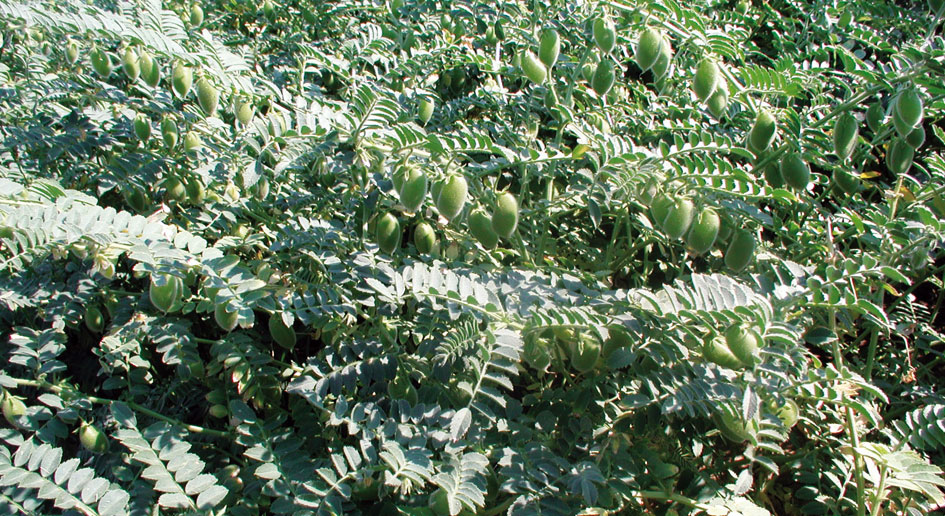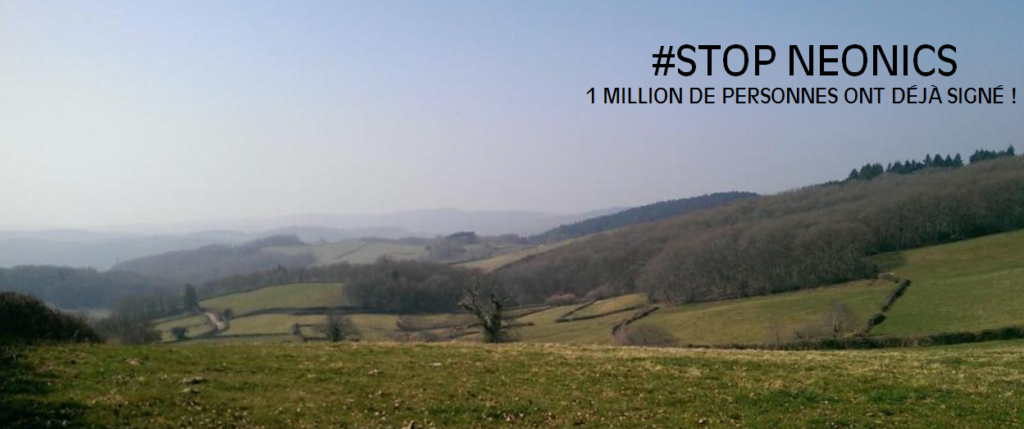CO2 levels in the atmosphere are rising by 4.3 billion metric tonnes per year and it is becoming urgent to counteract this with strategies for carbon storage.
The answer lies in the ground you walk on
Experts say that we can stop the CO2 increase by raising the rate of organic carbon stocks contained in the first 30-40 centimetres of soil at the rate of 0.4% (or 4/1000) per year. The international soil initiative 4/1000, launched by France at the COP21 in 2015, aims for just this. According to the Initiative, plants recover 30% of CO2 per year via photosynthesis. Bacteria transform dead plants into carbon rich organic matter – including nitrogen and phosphorus essential for plant growth.

So how do we go about enriching those first 30-40 centimetres of soil to reach this 4/1000 goal?
Less ploughing, more sowing
Farmers and foresters play an essential role. While it is known that reducing deforestation and planting trees increases carbon stocks, other efficient methods are being overlooked . They include:
- increase cover on agricultural soil between crops (use the soil conservation method);
- integrate leguminous plants with crops, which helps fix nitrogen in the soil;
- never leave soil bare;
- nourish soil with manure;
- collect water at the foot of plants/crops;
- recuperate and restore crop,; pastures, degraded forests and arid areas.
The Initiative claims that carbon accumulation in soils would continue 20 to 30 years after the implementation of such good practices, if they are maintained. It goes on to say, staggeringly, that restoring agricultural soils world-wide would cost just 10 dollars per hectare (2.5 acres). However, forest restoration requires more serious funding.
Scientists agree that the soil initiative 4/1000 is laudable but that it is very difficult to achieve. The condition of soils can vary tremendously by region, can vary even by field. Erosion, exposure, density of soil and its history, climate and intensive farming – all contribute to differences in soil quality (and thus to CO2 absorption rates). All this means that different methods have to be applied to the world’s soil depending on the varying soil quality in each and every place where the soil changes. No mean feat. And nutrient balances in the soil have to be monitored closely and regularly: nutrient deficiency indicates declining soil fertility but a nutrient surplus indicates a risk of polluting soil, water and air. The OECD’s definition of nutrient balance is the difference between the nutrient inputs (e.g. manure and fertilisers) entering a farming system and the uptake of nutrients for crops and pasture. Whereas manure and fertilisers are necessary for crop and forage, a surplus build-up which is not harnessed (e.g. via methanisation projects) can mean leakage into the environment via water and air causing pollution and greenhouse gas emissions.
France’s new map of soil carbon stocks shows that France’s carbon stocks are rich in the mountainous and humid areas, but weak in areas of intensive farming such as the Beauce Plaine, the Languedoc Roussillon with its many vineyards, hot climate and shallow soil, and silty areas such as the Parisian and Aquitaine Basins.

The above new soil carbon stocks map of France was handed over to the Food and Agricultural Organization/FAO last December for integration into the FAO’s world map of carbon stocks which you can find here. It contributes to the world-wide carbon-stock soil mapping endeavour piloted by the FAO’s Global Soil Partnership.
France is mobilising its carbon research:
- France’s parliamentary body which recommends scientific policies* (OPECST) has asked the French government to create a national soil and land strategy which would bring more coherence to biomass and low carbon initiatives already in place. Because joined-up research is a must.
- A report. which aims to address these issues and identify the best agricultural and forestry practices to be applied and where, is to be published at the end of this year by the French National Institute for Agricultural Research (which produced France’s map of carbon stocks and is Europe’s top agricultural research institute), the Environment & Energy Management Agency/Ademe and Arvalis, the French arable crops R&D institute
Whereas world C02 emissions flattened from 2014-2016 according to the International Energy Agency, a slight increase has been measured since, which carbon stock strategies need to address.

___________________________________________________________________
*L’Office parlementaire d’évaluation des choix scientifiques et technologiques
See also:
Soil Carbon 4 per mille, Geoderma/Elsevier/Science Direct.
What farmers can do: soil conservation methods
Trends in Global CO2 Emissions
Global Symposium on Soil Pollution, 2-4 May 2018, Rome.


















